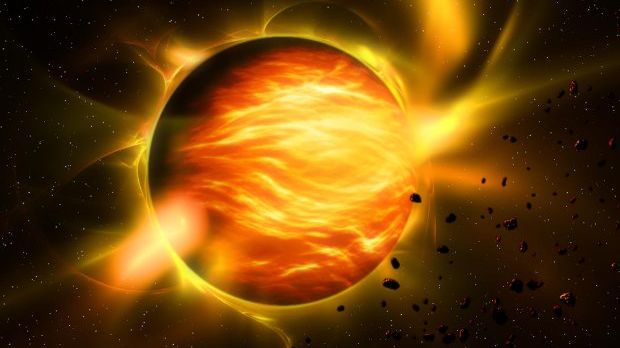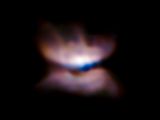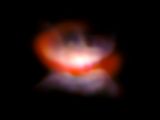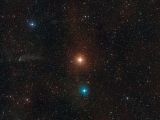L2 Puppis is a giant star located in the constellation of Puppis at a distance of about 200 light-years from Earth. Astronomers describe this orb as a red giant, which means that it is an old star nearing the end of its life.
Although several red giants have been identified and studied by scientists over the years, what makes L2 Puppis stand out from the crowd is the fact that it is one of the dying stars closest to our planet.
“At about 200 light-years away, L2 Puppis is one of the closest red giants to Earth known to be entering its final stages of life,” astronomers with the European Southern Observatory explain.
The star appears to be birthing a planetary nebula
Images produced with the help of the European Southern Observatory's Very Large Telescope in the Atacama Desert in Chile show that, now that it is dying, L2 Puppis is giving birth to a so-called planetary nebula.
Even cooler, these images, included in the gallery below, hint that the planetary nebula forming from the stars' remains is shaped like a butterfly.
This massive cloud of gas and other debris that is emerging next to L2 Puppis is made up of material ejected by the fiery orb. Although called a planetary nebula, the cloud is by no means a nursery for planets like our own.
Rather, the moniker for such cosmic structures is a misnomer that astronomer William Herschel came up with in the 1780s when, while studying them through a telescope, he found them to be similar to planets in shape.
The dying star has a companion, researchers say
What's interesting is that, according to these latest views of L2 Puppis and its surroundings, the dying star is kept company not just by the planetary nebula forming from its remnants but also by another orb of its kind.
As explained by astronomers, the images delivered by the European Southern Observatory's Very Large Telescope hint at the presence of yet another old star merely 300 million kilometers (186 million miles) away from L2 Puppis.
It is believed that this other star is also a red giant, albeit a smaller one. Together, L2 Puppis and its companion will likely evolve to give birth to what scientists call a bipolar planetary nebula.
“The combination of a large amount of dust surrounding a slowly dying star, along with the presence of a companion star, mean that this is exactly the type of system expected to create a bipolar planetary nebula,” astronomers explain.

 14 DAY TRIAL //
14 DAY TRIAL // 


